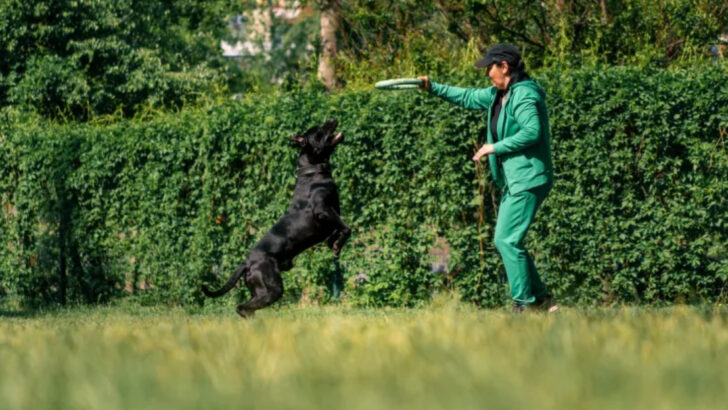Yelling doesn’t teach—it terrifies.
And that’s just the beginning of what can go wrong.
So many well-meaning dog owners are unknowingly fueling fear, not trust.
A tug on the leash here, a harsh command there—and before you know it, your dog is flinching instead of thriving.
Confidence in dogs doesn’t magically appear.
It’s carefully built through consistency, patience, and the right kind of communication.
When training goes wrong, anxiety can take root fast.
But when it goes right?
You get a calm, trusting companion who walks into the world with their tail high.
This list is your guide to stop the fear cycle and start doing better—because your dog deserves that.
Let’s fix what’s broken and start building a braver best friend.
Ignoring Fear Signals

When dogs exhibit signs of fear, such as trembling or cowering, ignoring these signals can exacerbate anxiety. It’s crucial to pay attention to your dog’s body language and address their concerns. Ignoring these signals may lead to a breakdown in trust and increased stress for your pet.
By acknowledging and responding to your dog’s fears, you can work on gradual exposure to the stressor, helping them feel more secure over time. Creating a safe space for your dog to retreat to can also alleviate their anxiety. Silence during these moments speaks volumes.
Using Positive Reinforcement
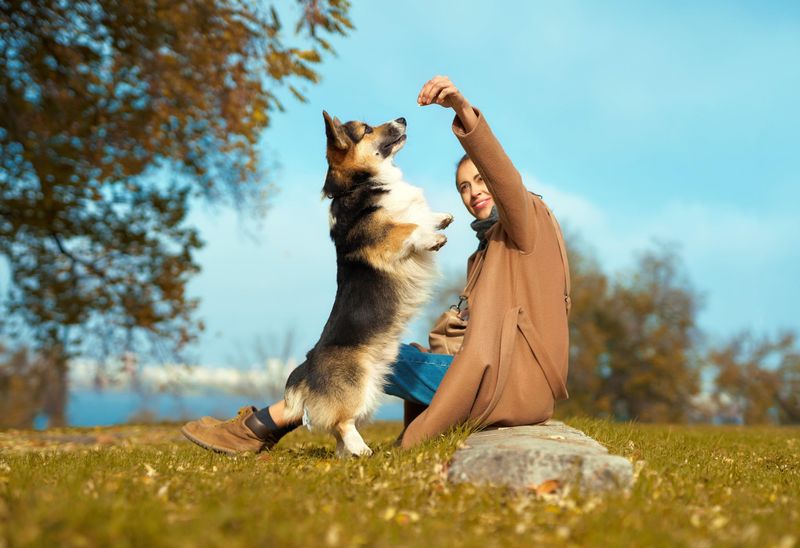
Positive reinforcement is a powerful tool in dog training, fostering a sense of achievement and confidence. Rewarding desired behaviors with treats or praise encourages your dog to repeat them. This method not only strengthens the bond between you and your pet but also ensures that training sessions are a positive experience.
Avoid overusing treats to maintain their effectiveness, and pair them with verbal praise for balance. Consistency is key in reinforcing behavior, as is patience and understanding. A confident dog is a happy dog, eager to learn and please its human companions.
Overusing Punishment

Relying heavily on punishment can have detrimental effects on a dog’s mental health. Frequent scolding or physical reprimands might lead to a fearful and anxious pet. Dogs thrive on encouragement and understanding, not fear.
Reducing the use of punishment and focusing on positive reinforcement can transform your training approach. Remember, mistakes are part of the learning process for your furry friend. Helping them understand what is expected through gentle corrections can build trust and confidence. A nurturing environment promotes a secure and happy pet.
Establishing Routine and Consistency
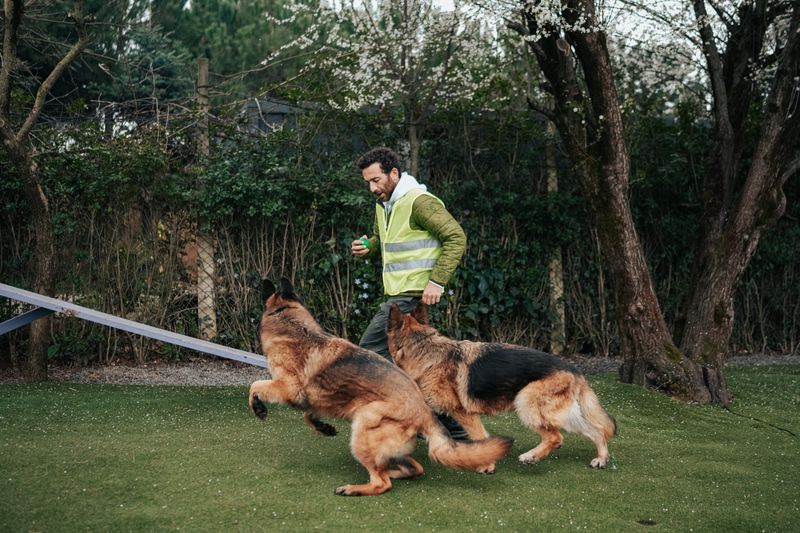
Dogs find comfort in predictable patterns, which can significantly reduce anxiety. Establishing a consistent daily routine helps your pet know what to expect, providing stability and security.
Regular feeding times, walks, and training sessions create a framework that supports their well-being. Consistency in commands and expectations ensures your dog understands their role within the household. A structured environment nurtures a confident dog, ready to face new challenges. Routine isn’t just a schedule—it’s a promise of reliability and care.
Lack of Socialization

Failure to properly socialize a dog can lead to anxiety and fear in unfamiliar situations. Socialization involves exposing your dog to different environments, people, and animals.
Without it, your pet may become withdrawn or aggressive. Early exposure helps develop a resilient and well-rounded pet, comfortable in varied settings. Start socialization gradually, ensuring each interaction is positive and stress-free. Encourage your dog to explore at their own pace, providing reassurance when needed. Socialization is an adventure of discovery, shaping a balanced and happy pet.
Building Confidence Through Play
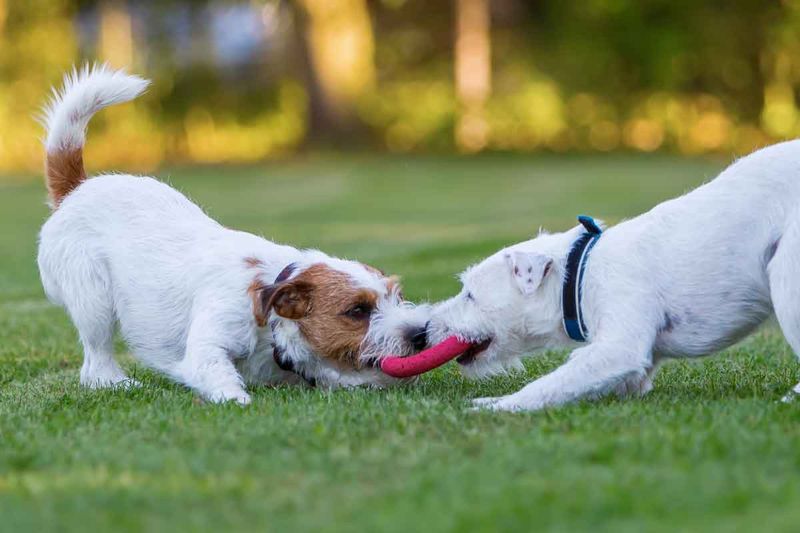
Playtime is an essential component of building a dog’s confidence. Engaging in interactive games like fetch or hide-and-seek stimulates your pet mentally and physically. This interaction strengthens the bond between you and your dog, enhancing trust and communication.
Games offer opportunities to practice obedience and recall, reinforcing positive behaviors in an enjoyable way. Ensure play sessions are varied, providing new challenges to keep your dog engaged. Through play, your dog learns the joy of companionship and the excitement of new experiences, fostering a confident and curious spirit.
Forcing Interaction
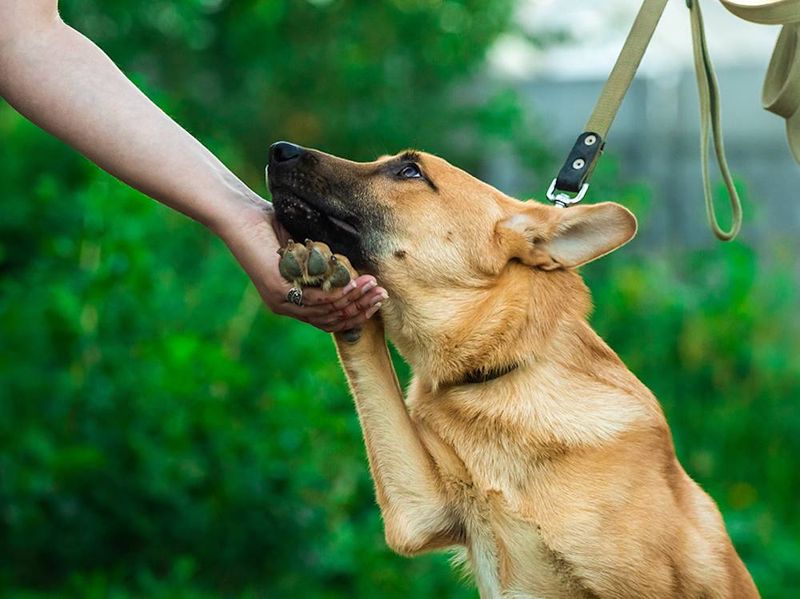
Compelling a dog to engage when they’re uncomfortable can lead to increased anxiety. Forcing interaction with strangers or other pets before your dog is ready may result in withdrawal or aggression.
Respect your dog’s boundaries and allow them to approach new situations at their pace. Gradual exposure and positive reinforcement when they engage willingly foster confidence and trust. Acknowledge your dog’s need for space, offering comfort and security. Encouraging voluntary interaction nurtures a socially adept and secure pet, ready to face new environments.
Creating a Safe Space

Designating a safe space for your dog to retreat to when feeling overwhelmed can greatly reduce anxiety. This area should be quiet, comfortable, and away from high-traffic zones in your home.
Providing a space with familiar toys and bedding encourages your pet to relax and feel secure. It’s important for your dog to have a haven where they can decompress. Respect your pet’s need for solitude, especially during stressful times, and avoid disturbing them in this safe zone. Acknowledging their need for peace fosters a confident, well-adjusted companion.
Ignoring Exercise Needs
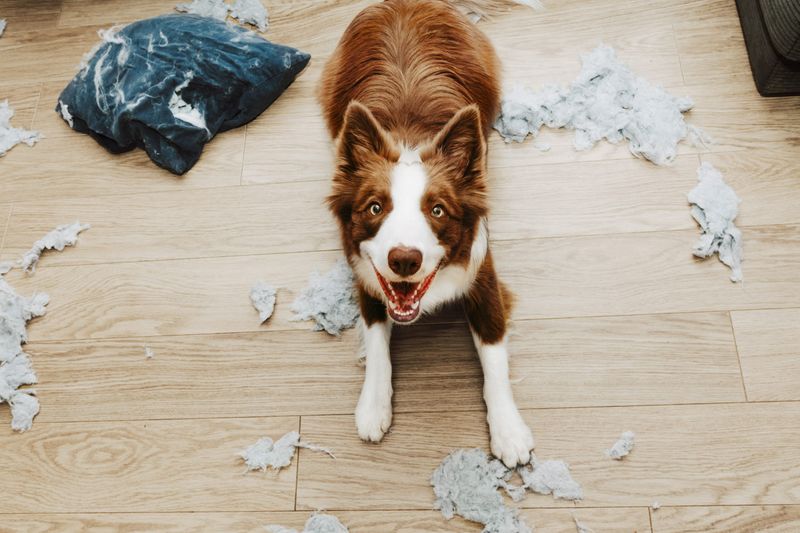
Neglecting a dog’s exercise requirements can lead to pent-up energy and anxiety. Regular physical activity is essential for their mental and physical health. Exercise provides an outlet for energy, preventing destructive behavior and promoting relaxation.
Incorporate walks, playtime, and training exercises into your dog’s daily routine. Tailor activities to suit your dog’s breed and energy levels, ensuring they are both challenged and entertained. An active dog is a happy and content one, ready to rest and recharge. Movement is a vital part of life, fueling a vibrant spirit.
Training with Patience and Positivity

Training should be a positive experience, filled with encouragement and patience. Dogs, like humans, learn at their own pace and require understanding.
Approach each training session with a calm demeanor, celebrating small victories and offering gentle guidance through mistakes. Positive reinforcement encourages your dog to try again, fostering a resilient attitude. Remember, training isn’t just about teaching commands—it’s an opportunity to strengthen your relationship with your pet. With patience, you nurture a confident dog, eager to learn and bond with you.
Neglecting Mental Stimulation

Mental stimulation is as crucial as physical exercise in preventing anxiety. Neglecting to engage your dog’s mind can lead to boredom and stress. Providing puzzles, interactive toys, and problem-solving games keeps their mind sharp and content.
Rotate toys and introduce new challenges to maintain interest and excitement. Mental challenges stimulate a dog’s natural curiosity and intelligence, providing satisfaction and confidence. A mentally engaged dog is less likely to develop anxiety-related behaviors. Learning is a lifelong adventure for both you and your pet, enriching your bond.
Encouraging Independence
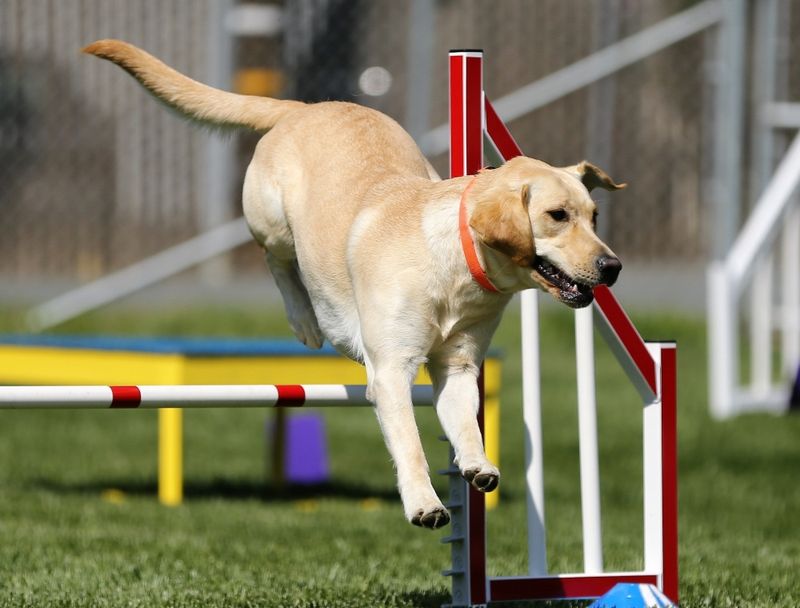
Allowing your dog to explore independently fosters a sense of self-reliance and confidence. Encouraging moments of exploration in a controlled environment helps them gain trust in their abilities.
This independence supports a balanced emotional state, reducing anxiety when alone. Offer opportunities for your pet to make choices, enhancing their problem-solving skills. Supervised freedom allows your dog to discover the world at their pace, building resilience. Independence is not just freedom—it’s a journey of personal growth and confidence for your furry friend.
Inconsistency in Training

Inconsistency in training can confuse dogs, leading to anxiety and uncertainty. When commands and rules differ among family members, your pet may struggle to understand expectations.
Establish clear and consistent guidelines for everyone to follow, ensuring your dog receives uniform messages. Consistent training fosters a sense of security and understanding, strengthening their confidence. Unified efforts in teaching commands and behaviors create harmony within the household. Consistency is the cornerstone of effective training, building a well-adjusted and happy pet.
Developing a Strong Leadership Bond

Building a strong leadership bond with your dog creates trust and respect. Dogs look to their owners for guidance, and establishing yourself as a reliable leader is crucial.
Use calm and assertive communication to convey leadership, providing clear direction and support. This relationship fosters confidence, helping your dog feel secure and valued. Encourage your dog to rely on you for guidance, reinforcing positive behaviors with praise and affection. Leadership is not about dominance—it’s about teamwork and trust, creating a harmonious partnership.

